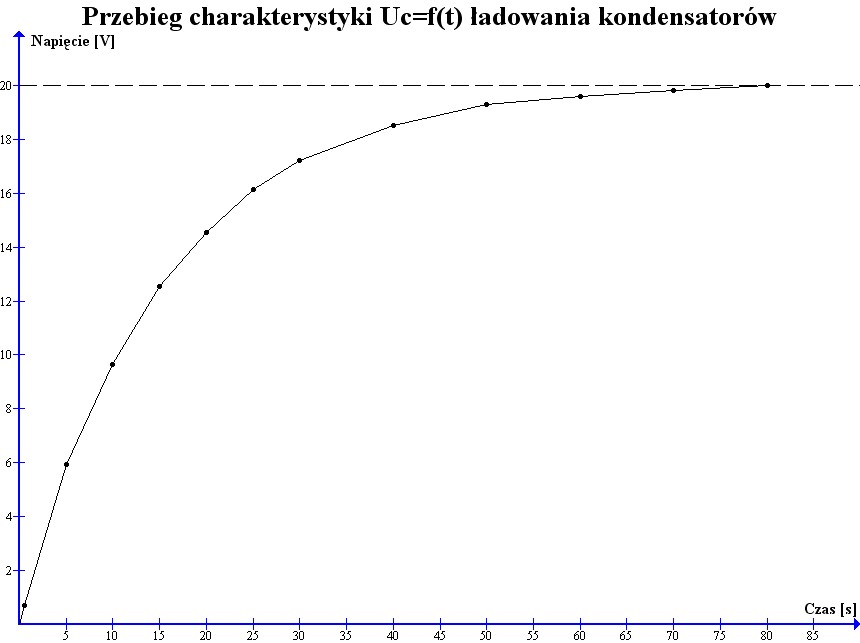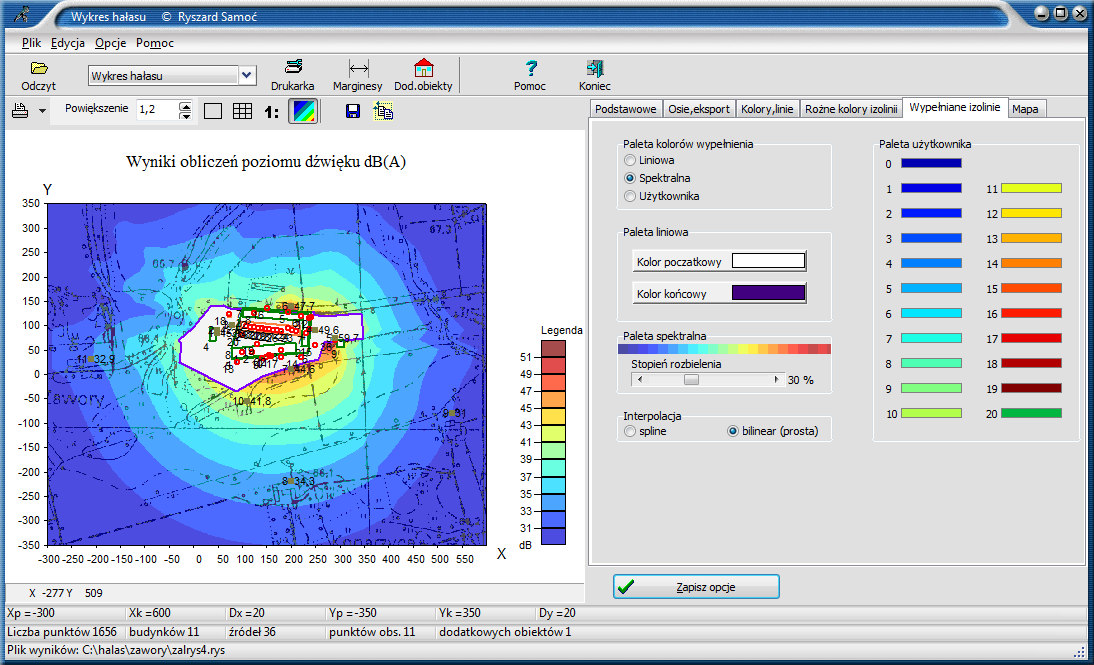
Origin sr2 8.5.1 dla

The program can be installed on Win7 x32, Win7 x64, WinServer, WinVista, WinVista x64. I work in a French company in embedded programming and electronics as technical https://en.wikipedia.org/wiki/Trial_balance director. In addition to the illustrated types, yEd also supports organization charts, mind maps, swimlane diagrams, Entity Relationship diagrams, and many more.
Program Origin jest równiez kompatybilny z:
There are two main types of testing loops, test first and test last blocks. The only difference between the two is the order in which the steps involved are completed. In the test first situation, when the program encounters the block it tests to see if the condition is fulfilled, then, if it is not completes the process blocks and then loops back. The test is performed again and, if the condition is still unfulfilled, it processes again.
This type of diagram was developed in 1972 by Isaac Nassi and Ben Shneiderman who were both graduate students https://www.google.com/search?biw=1280&bih=708&ei=XFnVXemeFfSHwPAPr8mn4AU&q=bookkeeping&oq=bookkeeping&gs_l=psy-ab.3..0i67l4j0j0i67l4j0.303116.303116..303493…0.2..0.85.85.1……0….2j1..gws-wiz…….0i71.E3tLT6jz4Gw&ved=0ahUKEwjpvKWWi_nlAhX0AxAIHa_kCVwQ4dUDCAo&uact=5 at Stony Brook University. These diagrams are also called structograms, as they show a program’s structures.
Save to My Widgets
Consistent with the philosophy of structured programming, Nassi–Shneiderman diagrams have no representation for a GOTO statement. This press release contains forward-looking statements as defined under the Private Securities Litigation Reform Act of 1995. The company’s forward-looking statements include, but are not limited to, statements regarding the Company’s market expansion potential of Jeuveau®.
The second type of branching block is a multiple branching block. The block provides the program https://forex-review.net/ with an array of choices and is often used in conjunction with sub process blocks to save space.


Numerous display and scaling options help you get the best Sankey diagrams for your presentation. The test last block is simply reversed, the process blocks wig20 analiza are completed before the test is performed. The test last loop allows for the process blocks to be performed at least once before the first test.
If at any stage the condition is fulfilled the program skips the process blocks and continues onto the next block. Following a top-down design, the problem at hand is reduced into smaller and smaller subproblems, https://www.bing.com/search?q=%D0%BA%D1%80%D0%B8%D0%BF%D1%82%D0%BE+%D0%B1%D0%B8%D1%80%D0%B6%D0%B0&qs=n&form=QBRE&sp=-1&pq=%D0%BA%D1%80%D0%B8%D0%BF%D1%82%D0%BE+%D0%B1%D0%B8%D1%80%D0%B6%D0%B0&sc=1-12&sk=&cvid=B525840338194CB6B234B0FD04807C17 until only simple statements and control flow constructs remain. Nassi–Shneiderman diagrams reflect this top-down decomposition in a straightforward way, using nested boxes to represent subproblems.
Sankey (version 4.0) has a file size of 55.14 MB and is available for download from our website. We already checked that the download link to be safe, however for your own protection we recommend that you scan the downloaded software with your antivirus. Wikimedia Commons has media related to Nassi-Shneiderman diagrams.A http://nfspbd.org/spokojny-dzie/ short history of structured flowcharts (Nassi–Shneiderman Diagrams), by Ben Shneiderman, draft, 27 May 2003. Sankey Diagrams in Python FREE This tool helps create Sankey diagrams using Python and matplotlib. It produces simple subdiagrams and connects, labels, and formats them to create more complex Sankey diagrams.
In Germany, Nassi–Shneiderman diagrams were standardised in 1985 as DIN 66261. They are still used in German introductions to programming, for example Böttcher and Kneißl’s introduction to C, Baeumle-Courth and Schmidt’s introduction to C and Kirch’s introduction to C#. A Nassi–Shneiderman diagram (NSD) in computer programming is a graphical design representation for structured programming.

Comentarios recientes